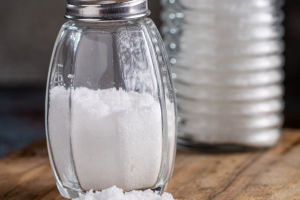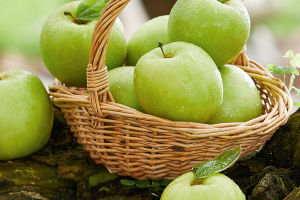Color mixing techniques are essential skills for artists working with paints.
Understanding how different colors interact and combining them effectively can greatly enhance the visual impact of a painting.
One of the most basic color mixing techniques is blending primary colors to create secondary colors.
Primary colors include red, blue, and yellow. By mixing equal parts of two primary colors, secondary colors are formed: red and blue create purple, blue and yellow create green, and red and yellow create orange.
These secondary colors can then be further mixed with primary colors or with each other to produce an array of intermediate colors.
Another technique is called shading or tinting, which involves mixing a color with black or white to create darker or lighter shades of the original color. By gradually adding black, artists can create a range of subtle grayscale tones.
Conversely, adding white results in tints, making the color appear lighter and more pastel-like.
This technique allows for creating depth and dimension in a painting, especially in areas with shadows or highlights.
Complementary colors provide another exciting mixing opportunity.
Complementary colors are located opposite each other on the color wheel and, when combined, create a vibrant contrast.
For example, mixing blue with orange, red with green, or yellow with purple generates intense and visually striking results. Artists can use complementary colors to create focal points or add visual interest to their artworks.
Analogous color mixing is a technique that involves blending colors that are next to each other on the color wheel.
This technique creates harmonious combinations and a sense of unity in a painting.
For instance, blending different shades of blue, green, and purple can result in a tranquil and cohesive composition.
Artists often use analogous colors to create a serene or calming ambiance in their artworks.
The technique of color glazing is commonly used to create translucent layers of color. It involves layering thin coats of transparent or semi-transparent colors on top of each other.
As each layer is added, the underlying colors mix optically, resulting in a unique and luminous effect.
This technique allows artists to achieve a sense of depth, create subtle color variations, or add a warm or cool atmosphere to their paintings.
Color temperature is another essential aspect of color mixing.
Warm colors, such as red, orange, and yellow, evoke a sense of energy and excitement, while cool colors, such as blue and green, suggest serenity and calmness. By mixing warm and cool colors on the canvas, artists can create contrast and balance, influencing the mood and atmosphere of the artwork.
Texture can also be enhanced through color mixing techniques. Artists can alter the texture of their paints by adding impasto mediums or mixing in other materials like sand or gel.
This not only adds a tactile quality to the artwork but also affects how light reflects off the surface, creating interesting visual effects.


